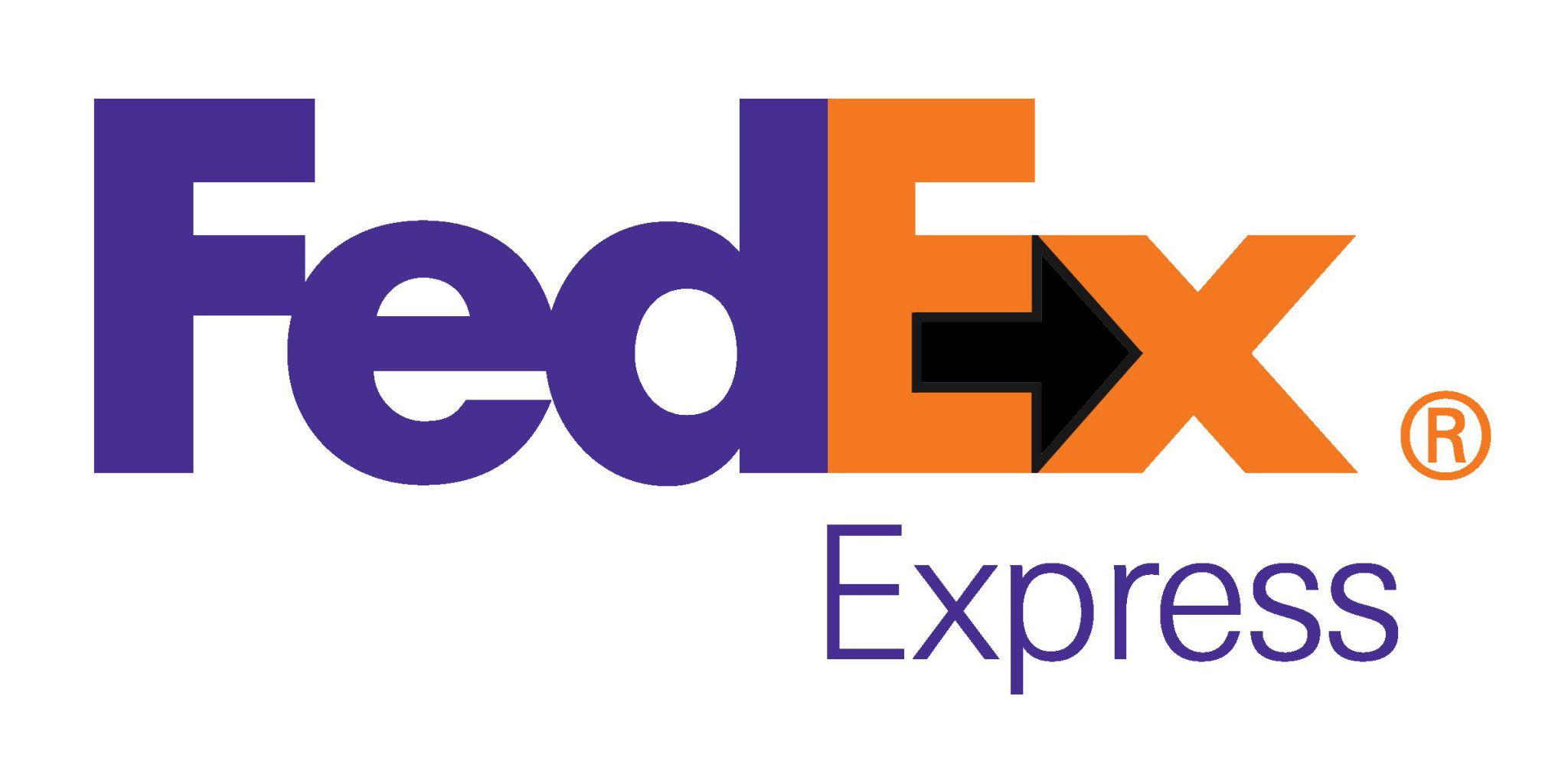Content
“They’ll send funds through maybe three or four crypto addresses that we believe may be their own cold storage addresses before they go into an exchange,” they say of some of the activity around TGR. The groups are involved in the movement of “single-figure” billions of dollars each year, the official says, adding that it is hard to calculate an overall figure due to the layering. Since Russia’s full-scale invasion of Ukraine more than 1,000 days ago, the country’s economy has been squeezed by sanctions—and cryptocurrency payments are banned domestically. However, increasingly, digital currencies are being used to move Russian money internationally. Only under the Anti-Money Laundering Act of 2020 did U.S. companies become legally required to forex crm comply with financial screening regulations that apply to fiat currencies and tangible assets. Businesses that exchange or transmit virtual currencies now qualify as regulated entities and must register with FinCEN, adhere to AML and CFT laws, and report suspicious customer information to financial regulators.
Securing Financial Integrity: AML Compliance Checklist Demystified
First, Samourai offers a cryptocurrency mixing service known as “Whirlpool,” which coordinates batches of cryptocurrency exchanges between groups of Samourai users to prevent tracing of criminal proceeds by law enforcement on the Blockchain. Second, Samourai offers a service called “Ricochet,” which allows a Samourai user to build in additional and unnecessary intermediate transactions (known as “hops”) when sending cryptocurrency from one address to another address. This feature similarly may prevent law enforcement and/or cryptocurrency exchanges from recognizing that a particular batch of cryptocurrency originates from criminal activity. Since the start of the Whirlpool service in or about 2019, and of the Ricochet service in or about 2017, over 80,000 BTC (worth over $2 https://www.xcritical.com/ billion applying the BTC-USD conversion rates at the time of each transaction) has passed through these two services operated by Samourai. Samourai collects a fee for both services, estimated to be about $3.4 million for Whirlpool transactions and $1.1 million for Ricochet transactions over the same time period.
crypto money laundering: Key trends
As a result, law enforcement agencies must adapt and develop new strategies to effectively combat this growing threat. The advent of cryptocurrencies has unlocked new possibilities for financial innovation and investment, but it has also opened the door for criminals to launder money through this digital medium. With an estimated $23.8 billion worth of cryptocurrency sent to illicit addresses in 2022 alone, the threat posed by crypto background to compliant aml token sale money laundering is growing.
Best Practices for Crypto Firms to Mitigate Money Laundering Risks

Collaboration across the industry can help to establish best practices and standards for preventing cryptocurrency money laundering. Financial watchdogs and law enforcement agencies have demonstrated the ability to identify and expose money laundering activities involving Bitcoin by leveraging the information recorded on the blockchain from each Bitcoin transaction (Sanction Scanner). In the battle against money laundering through cryptocurrencies, technologies such as blockchain analytics, artificial intelligence (AI), and machine learning play a pivotal role (ACM Digital Library). These technologies enable financial institutions to go beyond traditional transaction monitoring and identify patterns in data to understand the origins of illegal behavior related to money laundering (Sanction Scanner). Collaboration between public and private entities, as well as international cooperation, is essential in addressing the complexities of cryptocurrency money laundering and enhancing regulatory measures.
The new trick cyber-criminals use to cash out
The use of tumblers and mixing services is not limited to money laundering; they can also be used to facilitate other forms of criminal activity, such as drug trafficking and cybercrime. By understanding how these services operate and the role they play in facilitating illicit transactions, law enforcement agencies can develop strategies and tools to detect and disrupt the use of tumblers and mixing services in criminal activities. Blockchain analysis and monitoring tools enable financial institutions and law enforcement to identify and investigate suspicious cryptocurrency transactions.
Each of these methods poses unique challenges for law enforcement and underscores the need for continued development of advanced tools and techniques to combat crypto money laundering. For instance, CSAM vendors and ransomware operators show a high degree of concentration — just seven deposit addresses account for 51.0% of all value received from CSAM vendors by exchanges, while for ransomware, just nine addresses account for 50.3%. Forms of crypto crime displaying higher concentration may be more vulnerable to law enforcement, as their money laundering activity relies on comparatively fewer services that can be disrupted. By doing so, they can help to prevent money laundering and other illicit activities, while also protecting their users from potential risks. These exchanges take their responsibilities seriously, ensuring that they have robust systems and procedures in place to verify the identity of their users, monitor transactions for signs of suspicious activity, and report any potential issues to the relevant authorities. Understanding the techniques criminals use is a vital step towards effectively combating crypto money laundering.
German authorities recently seized 13 crypto ATMs and €50,000 in cash due to non-compliant operations. Guan, a resident of Secaucus, New Jersey, managed the Epoch Times’ “Make Money Online team,” which carried out the scheme to buy “crime proceeds” and transfer them to bank accounts linked to the media outlet, according to his indictment. Guan “conspired with others to benefit himself, the media company, and its affiliates by laundering tens of millions of dollars in fraudulently obtained unemployment insurance benefits and other crime proceeds,” U.S. Rob Jones, director general of operations at the NCA, said the thread connecting Russian elites, crypto-rich cyber criminals and UK drugs gangs had been “invisible until now”.
- Moreover, the global reach of cryptocurrencies, which allows for cross-border transactions without the need for intermediaries, presents another hurdle.
- Generally, anyone can access these smart contracts, although in theory a bridge could implement a blacklist.
- District Court in lower Manhattan with one count of conspiracy to commit money laundering and two counts of bank fraud.
- Then, in 2023, the NCA says the scheme helped the state-controlled Russia Today media platform, banned in the UK, move cash into the country for one of its operations.
- Lichtenstein and Morgan are charged with conspiracy to commit money laundering, which carries a maximum sentence of 20 years in prison, and conspiracy to defraud the United States, which carries a maximum sentence of five years in prison.
This incident sparked suspicions that the founder faked his death to abscond with the funds (LinkedIn). The QuadrigaCX case highlights the risks inherent in centralized exchanges and the need for robust security measures in virtual assets money laundering. Some are more popular among criminals due to specific features that aid in obscuring the origins and flow of funds. According to the Financial Crime Academy, criminals primarily use Monero, Bitcoin, Ethereum, Ripple, and Litecoin due to their ease of use, availability for sale, and ability to conduct transactions with relative anonymity. Cryptocurrencies also facilitate the operation of illicit online marketplaces, commonly referred to as the “dark web”, where illegal goods and services are bought and sold. The anonymity provided by cryptocurrencies allows users on these platforms to conceal their identities, making it difficult for authorities to track and apprehend these individuals.
He’s also a member of a startup organization in Dubai, and his companies have previously partnered with blockchain and cryptocurrency events in Dubai. While investigators say the Smart Group is involved in moving money and other assets largely from people in Russia, the second money-laundering network targeted by Western officials operates at the other end of the spectrum. Law enforcement officials say George Rossi and TGR are allegedly involved in integrating money into financial networks. The UK, and London in particular, has long been a home to dirty money and laundering, with cryptocurrencies apparently increasingly being linked to cash in the capital. When cash has been handed over by the money-laundering networks, investigators observed an almost immediate movement of cryptocurrency for the same amount.
Enforcement assumed greater global prominence in 1989 when a group of countries and nongovernmental organizations (NGOs) formed the Financial Action Task Force (FATF). Certain customers may be added over time to sanctions and other AML watchlists, warranting checks for regulatory risks and compliance issues on an ongoing basis. Federal prosecutors in Texas have slapped 21 U.S. citizens with an assortment of criminal charges for allegedly helping various transnational criminal rings launder their ill-gotten gains using cryptocurrency. “This investigation demonstrates how domestic and international partnerships are vital to successfully combatting transnational crime,” said Acting Assistant Director of Investigations Michael Ball of the U.S. Cryptocurrency crime can be prevented by implementing robust KYC/AML policies, providing employee training and awareness programs, and proactively monitoring and reporting suspicious activities. To address the related risks, Member States need to introduce proper regulation and supervision of cryptocurrency markets.
District Court in lower Manhattan with one count of conspiracy to commit money laundering and two counts of bank fraud. The US Treasury says Ekaterina Zhdanova and other members of the TGR network used cryptocurrency and British financial services to move £2m into the UK to buy property for a Russian national, who has not been publicly named. “What TGR will do is provide an interface to be able to take illicitly generated cash and put it into the legitimate banking system, although that might be in jurisdictions of risk for example,” Lyne from the NCA says. In 2023, the sanctions claim, TGR’s Chirkinyan allegedly helped transfer funds out of Russia, from Russian state-media media outfit RT, which has been widely sanctioned by Western governments, to help fund a Russian-language media organization in the UK. NCA officials say Rossi has used identity documents from other countries besides Russia, including Ukraine, and a LinkedIn profile lists him as the founder of TGR.
Other publicly available information linked to Zhdanova shows a 13-room Moscow hotel for sale; a Facebook page for a travel business with one “like”; and a variety of online accounts from Chess.com to Instagram, where she has several thousand followers. “This methodology of money laundering is new,” Will Lyne, head of cyber intelligence at the NCA, tells WIRED. The three stages are placement (depositing), layering (obscuring through many transactions), and integration or extraction (using for large purchases or withdrawing). Additional legislation was passed in the 1980s amid increased efforts to fight drug trafficking, in the 1990s to enhance financial surveillance, and in the 2000s to cut off funding for terrorist organizations. For example, financial institutions have instituted AML holding periods that force deposits to remain in an account for a minimum of days before they can be transferred elsewhere. In December 2021, she graduated from CUNY’s Craig Newmark Graduate School of Journalism, where she focused on business and economics reporting.
U.S. authorities have been instrumental in investigating and cracking down on cryptocurrency money laundering. Notable cases probed in 2022 include the investigation of Bitfinex and Tether, which resulted in a settlement payment of $200 million amid allegations of enabling widespread deceit and market manipulation within the digital currency industry. QuadrigaCX, a popular Canadian centralized exchange, made headlines when $190 million in user funds went missing following the founder’s death.
Indeed, as the defendants intended and well knew, a substantial portion of the funds that Samourai processed were criminal proceeds passed through Samourai for purposes of concealment. Cryptocurrency money launderers are increasingly using cryptocurrencies to launder funds generated from a variety of criminal activities, including cybercrimes, digital fraud, and thefts from online exchanges. Tracing these illicit funds back to their source has become a Herculean task for law enforcement agencies, as they often have to rely on traditional financial investigation methods that may not be well-suited to the unique characteristics of cryptocurrencies. Recent investigations by U.S. authorities have revealed a pattern of illicit financial activities within the cryptocurrency industry, prompting intensified efforts to regulate and monitor digital asset transactions to prevent money laundering and other fraudulent practices. RODRIGUEZ and HILL designed Samourai to offer at least two features intended to assist individuals engaged in criminal conduct to conceal the source of the proceeds of their criminal activities.
Rossi has presented himself as being a legitimate businessman based in London, but his whereabouts are unclear. Wednesday’s US sanctions are the final stage in exposing the network, by targeting the people at the top. “You don’t know whether we’re following them, and you don’t know where those proceeds of crime are going to end up.

























